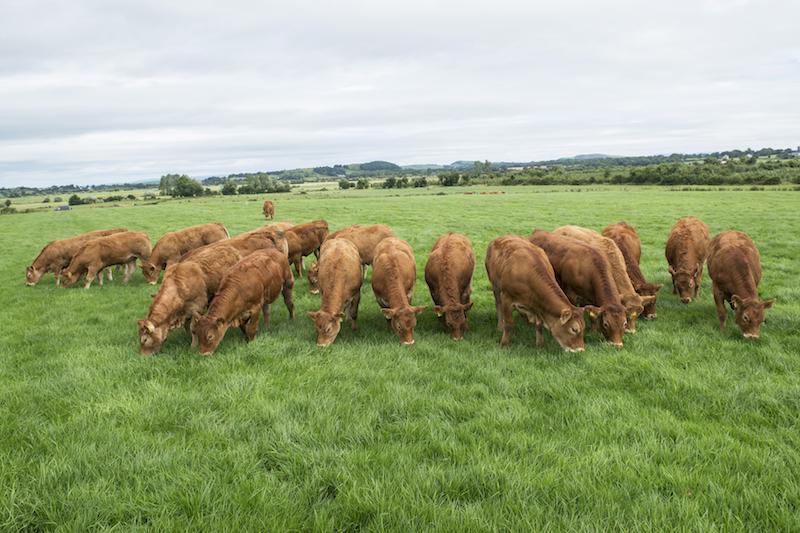Get a 24 hour weather forecast

1. Make a plan
• Talk to your vet and decide which groups of animals should be protected against which diseases
2. Make sure the vaccination programme is completed exactly as stated on the data sheet
• Check the dose and route of administration i.e. intra muscular or sub-cutaneous
• Check interval between doses
• Check if can be administered at the same time as other medicines
3. Make sure immunity is established by vaccination before the onset of the risk period for the disease and lasts for the necessary time
• It takes from a few days to a month for protection to become established
4. Successful vaccination relies on the animals immune system responding to the vaccine
• Avoid vaccinating sick or stressed animals
• Are ALL the animals in the group are old enough to be vaccinated?
5. Maintain the cold chain from the veterinary practice fridge to the animal
• Vaccines should be transported in cooler bags
• Store on the farm in a functioning fridge before use
• Live vaccines should be used in 1 to 4 hours after mixing the pellet with the liquid vial
6. Check that the vaccine to be used has not gone past it’s expiry date
7. Use clean syringes / equipment and needles
• Calibrate automatic syringes, check for air leaks
• If using a manual syringe, one needle should be left in the vaccine bottle for refilling the syringe and a second needle for injecting the animals
8. RECORD the animal identity, date and vaccine used
9. Discard part used vials of vaccine at the end of the day
10. Remember to forward book in the diary / calendar the booster vaccination or next dose of vaccine as necessary